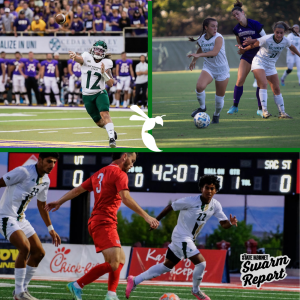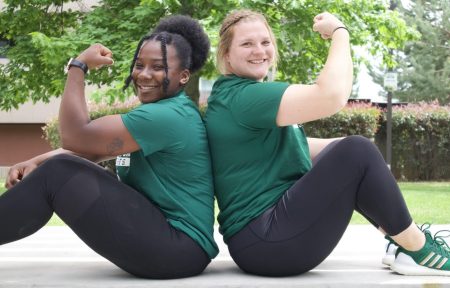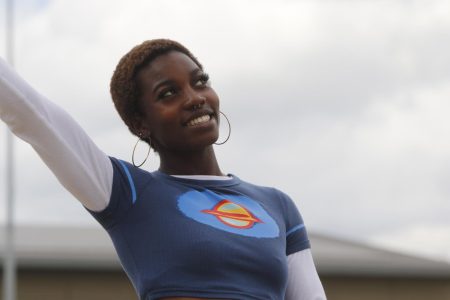Track redshirts become strategy for coach Raske

Track_Cross Country graphic
March 28, 2012
Prior to the 2004 season the Sacramento State track and field programs had never placed higher than fourth in a Big Sky Conference Championship meet; since 2008, the Hornets have won 11 total conference championships.
Since taking the helm of the program in 2004, Director of Track & Field/Cross Country Kathleen Raske has experienced much success while using a strategy that may seem taboo on first reference.
Media Relations Director of track & field Brian Berger said Raske tries to strategically redshirt athletes in order for the team to have a chance at the Big Sky title every few years.
Raske said the men’s squad operates on a low budget and her strategy is to be at full strength every other year.
“The men’s teams are underfunded. Because we’re underfunded, we don’t have a level playing field with everyone else,” Raske said. “So we rely on a lot of walk-on athletes and the athletic development of those athletes.”
Being redshirted restricts student-athletes from competing in games or meets, but allows them to practice and workout with their team. The redshirt year, in a sense, puts the students’ athletic career on pause, but not their academic career. Once the redshirt year is up, the athletes gain an extra year of eligibility in competition regardless of graduation year.
Raske’s strategy allows redshirt athletes to use that year to get stronger, faster and focus on technique rather than waste it competing when they are not fully developed.
“I had a couple rehab things I had to take care of, so the redshirt actually worked out perfectly,” said 2011 Big Sky decathlon champion Sam Schur. “It has been good because it gives me a year to get healthy and mature physically. Plus, I think the strategy itself is a good idea.”
Raske said having a stacked team that blows out opponents every meet does no good to the development of the athletes or the team. Her strategy allows her to redshirt good, young athletes who return the following seasons, giving the team balance for multiple years.
The men’s teams won their first indoor conference championship in 2007, then again in 2008 and 2011. They followed their 2011 indoor championship season with a 2011 outdoor championship season – the first conference championship sweep for the men’s team in school history.
The women’s track and field teams do not have the same underfunding problem as the men, so they do not have to use the redshirt strategy for the same reason.
“We have more funding on the women’s side, however, there’s still a lot of strategy that goes into trying to repeat for championships,” Raske said. “When you have a four-peat it makes it difficult to maintain that status and keep that string going for as long as you can.”
The women’s teams have seen a magnitude of success since Raske’s arrival, winning seven of the 11 total championships. The teams won its first indoor and outdoor conference championships in 2008, followed by another outdoor in 2009. The women then dominated the Big Sky for the next two years, winning the indoor and outdoor Big Sky Championships in both 2010 and 2011 – giving the men’s and women’s teams a full sweep of the 2011 conference championships.
The strategy has worked for Raske, but she said it is not about the strategy as much as the athletes and how and when they perform at their best.
“We’ve got to perform when it counts the most. Perfection is unrealistic. However, we want to be as close to perfect as possible and focus on every single point because every point counts, every half point counts,” Raske said. “If we can stay healthy, focused and perform, we will definitely be in the hunt for that fifth consecutive outdoor championship this year.”
JJ Williams can be reached at [email protected].







































































































































